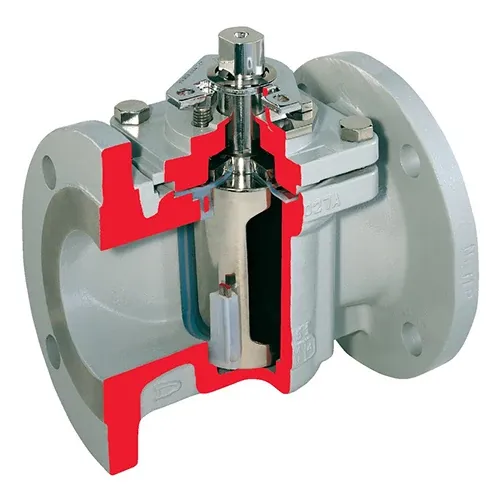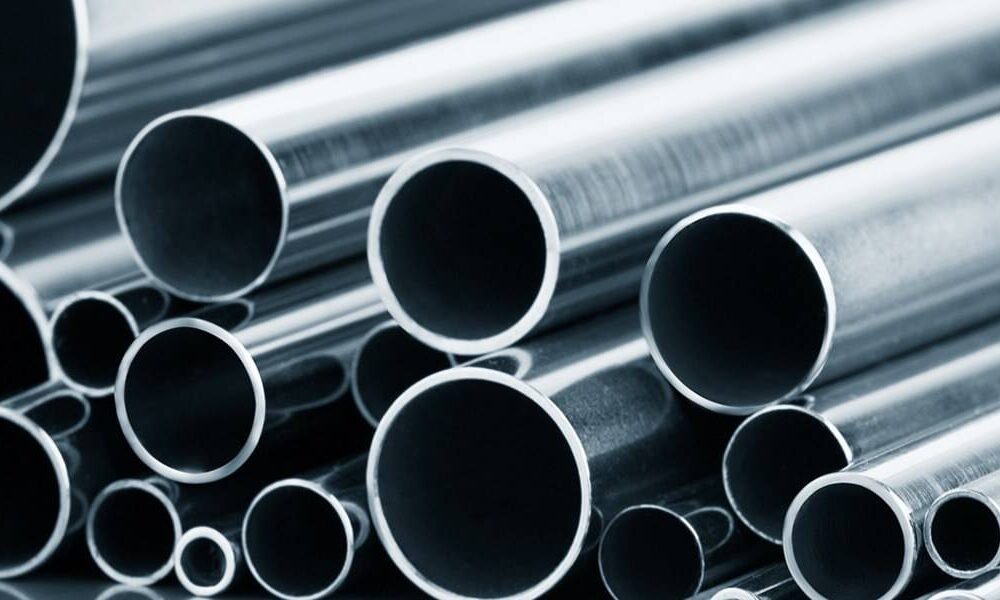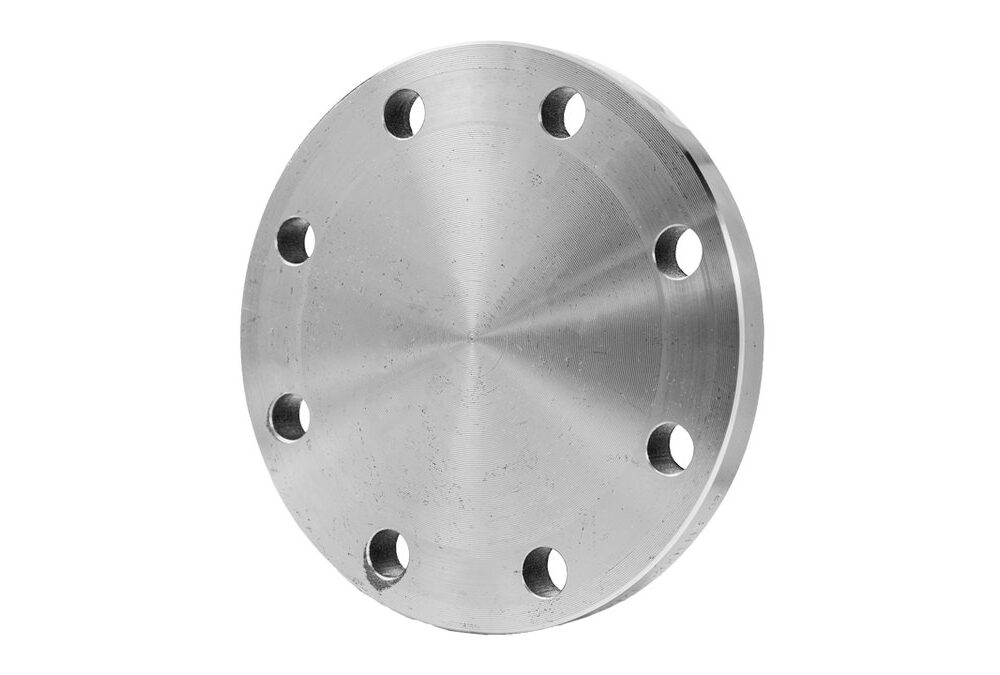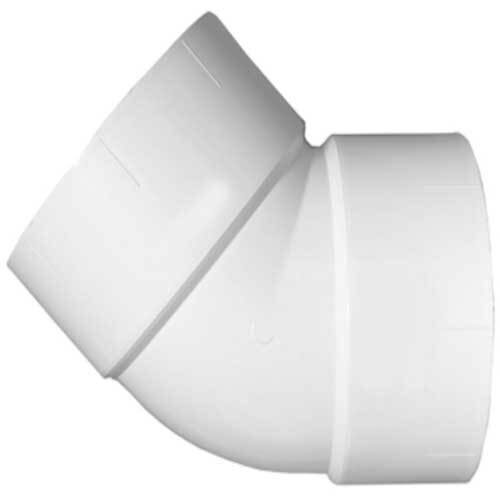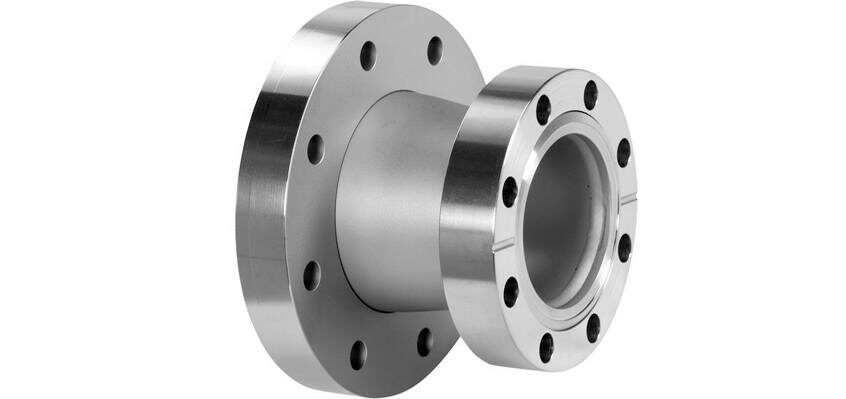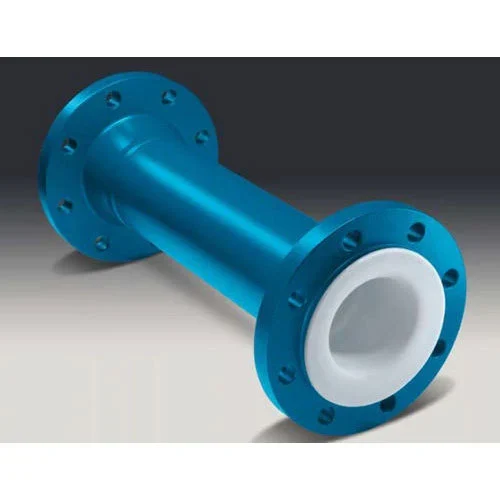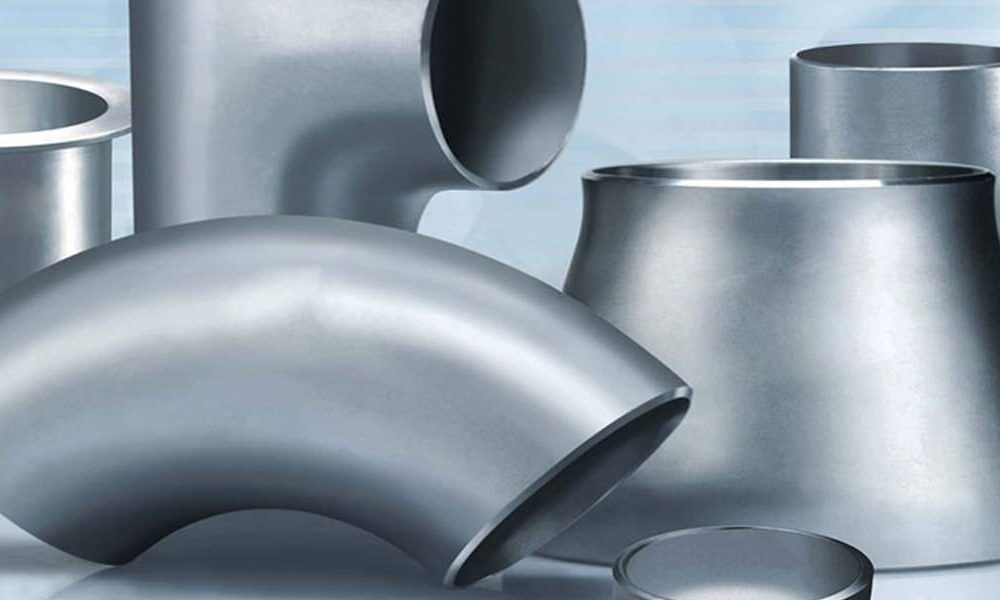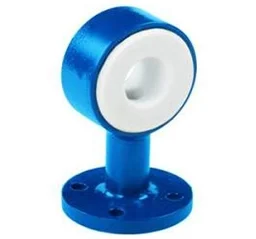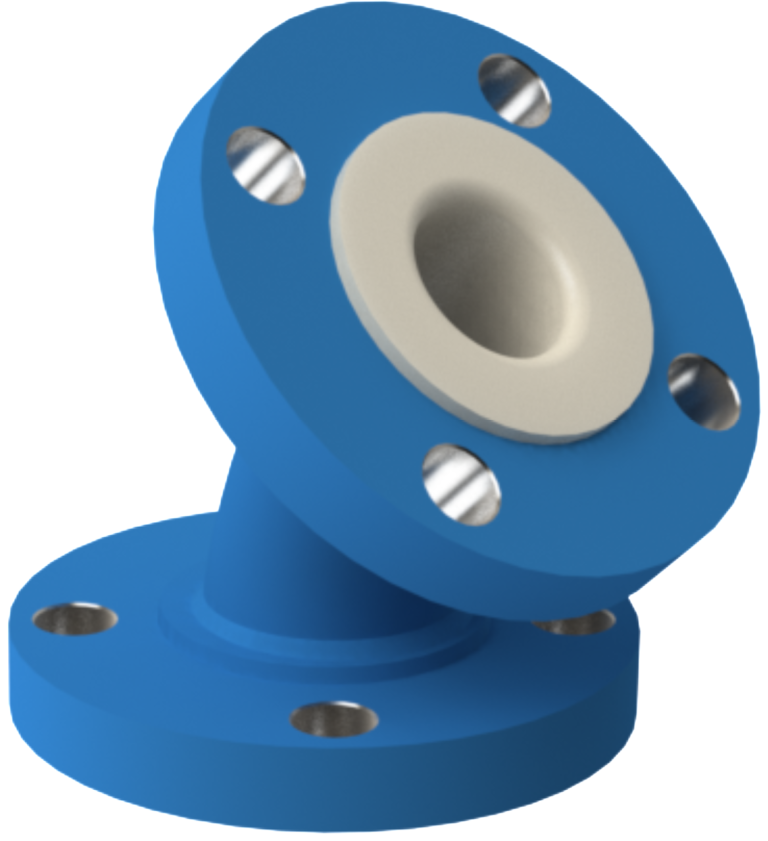Description
A plug valve is a quarter-turn rotary valve that uses a tapered or cylindrical plug to control the flow of fluids or gases through a pipeline. The plug is typically made of metal or plastic and has a passage through the center that allows the fluid to flow through. The valve is opened or closed by rotating the plug 90 degrees.
Plug valves are used in a variety of applications, including in the oil and gas industry, water treatment plants, and chemical processing facilities. They are often preferred over other types of valves because of their simple design, ease of operation, and ability to provide tight shut-off and control over the flow of fluids.
Plug valves come in a range of sizes, materials, and designs to suit different applications. They can be designed with different end connections, including threaded, flanged, or welded connections, to allow for easy installation in different types of pipelines.
One of the main advantages of plug valves is their ability to provide tight shut-off, which makes them ideal for applications where a leak-tight seal is required. They also require minimal maintenance and have a long service life. However, they may not be suitable for applications where fine control over the flow of fluids is required, as they have a limited range of opening positions. Additionally, the plug may become trapped in the valve body if it is not properly designed or maintained, leading to operational problems.

